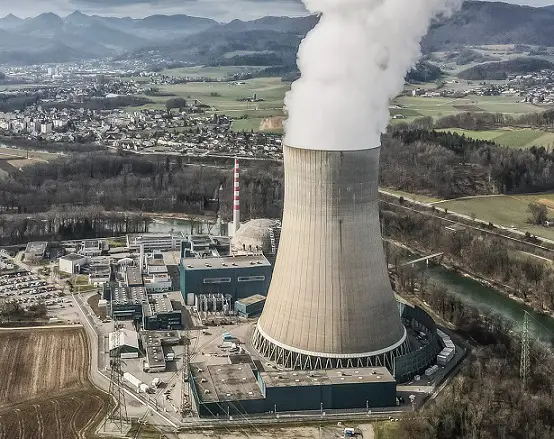On Thursday, the government of Sweden announced it was planning to build the equivalent of two conventional nuclear reactors by 2035, as it strives to meet the rapidly rising demand for clean power from transport and industry, and it noted it would be shouldering some of the cost of the construction itself.
The government also said it would like to have the equivalent of 10 new reactors up and running by 2045, with some of them being small modular reactors (SMRs), which are smaller than conventional reactors.
Energy Minister Ebba Busch said it was part of the government’s plan to perform a “massive build-out” of nuclear power capacity by 2045.
She said, “It’s decisive for the green transition, for Swedish jobs and at heart for the welfare of our citizens.”
Sweden will join other countries such as Poland, the Czech Republic, and Britain, which are all looking to expand their nuclear power capacity as a means of making the transition to a future in which they are less reliant on fossil fuels.
However critics are skeptical of the huge costs, as well as the reluctance of the private sector to invest in construction without being given guarantees or other incentives, such as the deal Britain struck with French nuclear power company EDF, over the new Hinkley Point C plant, which required price guarantees.
The government of Sweden has offered 400 billion crowns ($37.71 billion) in loan guarantees, however it has now said it is prepared to step up and shoulder more of the burden. Finance Minister Elisabeth Svantesson said, “Guarantees are very important, but that won’t be enough. For this type of infrastructure it is going to require the state to take part and share the risk.”
The government is still unsure of the details of how it will supply the funding, however it emphasized that the private sector stands ready to invest in new construction, if it can be given the right circumstances. Energy Minister Busch said state-owned Vattenfall, Finland’s Fortum and Germany’s Uniper have all expressed interest.
In 1980, Sweden voted to eliminate its nuclear power industry, however it allowed utilities to set the timetable for the phase-out based upon necessity and safety. Presently, only six of the nation’s original 12 reactors are still operational.
The current government is pushing to replace its old reactors, and add more, to provide sufficient power to support the electrification of industry and the transport sector.
The government predicts that by 2045 electricity demand will rise to roughly 300 Twh, up from the present demand of about 140Twh.

